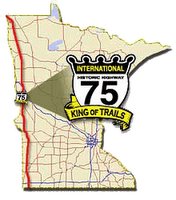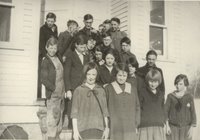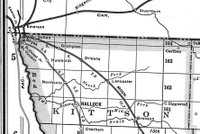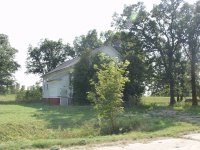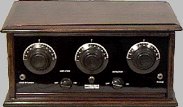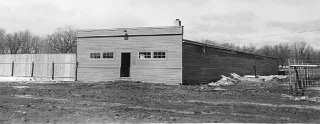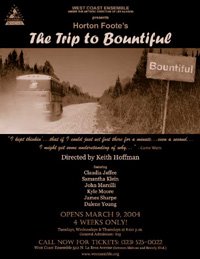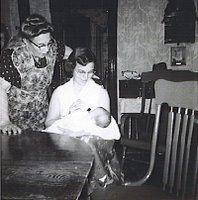
Today, a man contacted me about this blog. He said, "...I am a Canadian residing in Winnipeg, Manitoba. Approximately 3 years ago I purchased a home in St. Vincent which I think is your grandparents' home. Several people say I am living in the 'old Fitzpatrick birthing home', also many people mention that they were born in my home. The style of the home has changed somewhat from the posted picture in that it now has 2 'mud rooms' on the east side of the home. I am in the process of replacing the siding and should be finished by mid summer..."
He ended by saying if I had any information about the house, he would appreciate hearing from me.
At first I thought he was talking about my own parents' home, which was the old Fitzpatrick Maternity Home, but the more I thought about it, the more I realized from another thing he said about the new school in town being 'kitty-corner' from the house must mean he's talking about my grandparents' second home, their home on the main street. So I replied to him explaining that, and said...
In that case, I will say that your house used to be much more lovely than it is now, or I should say the last time I saw it in 1998 (maybe it has improved since then...) There was a stained glass windown in the front parlor room, and a frosted glass window in the back porch inside door. There were hardwood floors, and outside there was a lot of classic Victorian gingerboard along the roof peaks. A small winding staircase led to the upstairs. In the kitchen there were built-in tilt-outward cabinet 'drawers' for putting in large sacks of flour. The front porch used to be where my grandfather had a small bed and would take naps in the summer afternoons. Through the porch was the front room, and off of it was a bathroom/sewing room. The front room had a buffet and china hutch, an old oak round table and chairs, a stove with a kettle on it with a rocking chair by it, a wall clock, and a small table with a radio on it. In the back porch my grandma kept her laundry supplies and wringer washer, and a slop bucket for peelings, etc., what people today call a compost. She would use it on her garden. The house always had a smell to it, a pleasant but unique smell, I think from all the cooking. She made everything from scratch, including baked bread. I spent many days with her there, sipping tea, eating brown sugar on toast, poached eggs on toast, listening to her gossip with her friends, help her make lazy daisy cake, hang clothes, put together carpentry projects in her sheds that are no longer there, that used to be in the backyard on the east side of the property line, one end being an outhouse, the rest her tool sheds, storage, etc. She built a homemade wheelbarrow for herself out of wood and an old bike wheel, and let me help her make a smaller version for myself. Her self-sufficiency always impressed me, and she was fun to be around. As she got even older and diabetes took her strength and her leg and she was in a wheelchair, on some very special nights when living with us in our living room when we were alone, she taught me cats-in-the-cradle with string, transferring it from her hand to mine, making mistakes sometimes as we tried to backtrack and find our way and laughing ourselves silly. I have never forgotten that night, nor the times I helped her get dressed, or watched my Mom help her go to the bathroom, or seeing her in the nursing home before she died. She wasn't the first person I knew who died, but she was the first person I really KNEW who died, and whose funeral I attended. I cried so hard, and missed her so much, and knew I was going to not only miss her but wished I had had more time to know her as a person and ask all those questions you don't think of until later...until too late...

